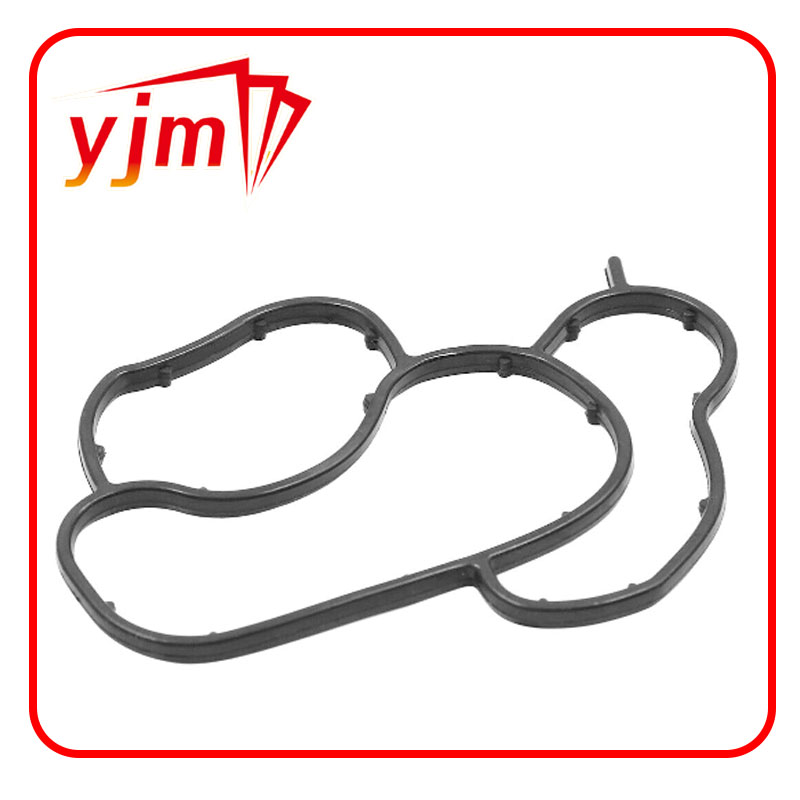Understanding the Function of Rear Main Oil Seals in Crankshaft Mechanics
Understanding the Crankshaft Rear Main Oil Seal Key to Engine Longevity
The crankshaft rear main oil seal is a critical component in an internal combustion engine, often overlooked until it fails. This relatively small rubber or silicone seal plays a significant role in maintaining the integrity and longevity of the engine. In this article, we will explore the function, importance, common issues, and maintenance tips associated with the crankshaft rear main oil seal.
The Function of the Crankshaft Rear Main Oil Seal
Located at the rear of the engine block, the crankshaft rear main oil seal is designed to retain engine oil within the crankcase while sealing the space where the crankshaft exits the engine. This ensures that the oil circulates efficiently, lubricating key components like the crankshaft itself, connecting rods, and piston rings. Proper lubrication reduces friction and wear, helping maintain engine performance and efficiency.
Furthermore, the seal prevents oil from leaking out of the engine, which can cause low oil levels and compromise the engine's lubrication system over time. A compromised seal can result in significant oil loss and, if left unchecked, may lead to more severe damage to the engine.
Importance of the Rear Main Oil Seal
The importance of the crankshaft rear main oil seal cannot be overstated. A functioning seal contributes directly to engine health and performance, and its failure can result in several serious problems
1. Oil Leaks The most immediate consequence of a failed rear main oil seal is oil leakage. This can create puddles under the vehicle and contribute to environmental pollution.
2. Engine Wear Insufficient oil circulation leads to increased friction among engine components, resulting in accelerated wear and potentially catastrophic engine failure.
3. Reduced Performance As oil leaks, the engine may struggle to maintain optimal performance levels, resulting in decreased fuel efficiency and power output.
4. Increased Emissions Oil leaks can lead to increased exhaust emissions, failing to meet regulatory standards and harming the environment.
Common Issues with the Crankshaft Rear Main Oil Seal
crankshaft rear main oil seal

Over time, the crankshaft rear main oil seal can degrade due to prolonged exposure to heat, engine vibrations, and the effects of age. Some common issues include
- Wear and Tear As the seal ages, it may wear down, leading to cracks or tears that allow oil to escape.
- Improper Installation If the seal is not installed correctly, it may not seal properly, leading to premature failure.
- Oil Contamination Contaminants in the oil, such as dirt and metal particles, can cause excessive wear on the seal, leading to leaks.
- Engine Overheating Excessive engine heat can cause seals to harden and crack, compromising their effectiveness.
Maintenance Tips for the Crankshaft Rear Main Oil Seal
1. Regular Oil Changes Keeping the engine oil clean and at optimal levels can help reduce wear on the seal. It is essential to follow the manufacturer’s recommendations for oil change frequency.
2. Engine Inspections Regular inspections by a qualified mechanic can help identify potential issues before they escalate. Look for signs of oil leaks and have them addressed promptly.
3. Monitor Performance Pay attention to any changes in engine performance, such as decreased power or increased oil consumption.
4. Prevent Overheating Ensure the engine's cooling system is functioning correctly to prevent overheating, which can damage the seal.
5. Use Quality Parts When replacing the rear main oil seal, use high-quality parts that meet or exceed OEM specifications to ensure a proper fit and seal.
Conclusion
The crankshaft rear main oil seal may be a relatively small part of the engine, but its role in maintaining oil integrity and engine performance is paramount. Understanding its function, importance, and common issues can help vehicle owners take proactive steps toward engine maintenance. Regular inspections, timely oil changes, and attentive monitoring of engine performance can prevent costly repairs and extend the life of any engine. Investing in the health of this vital component will pay dividends in the form of improved vehicle performance and reliability.
-
Understanding the Front Main Engine Seal: Purpose, Maintenance, and Installation
News Jul.29,2025
-
Understanding O-Rings and Seal Rings: Types, Applications, and Custom Solutions
News Jul.29,2025
-
Understanding Crankshaft Oil Seals: Rear Seals, Pulley Seals, and Their Role in Engine Integrity
News Jul.29,2025
-
The Importance of Front and Rear Crankshaft Seals in Engine Performance and Oil Management
News Jul.29,2025
-
Crank Oil Seals: Functions, Types, and Cost Considerations in Engine Maintenance
News Jul.29,2025
-
A Comprehensive Guide to O-Rings and Seals: Types, Materials, and Global Applications
News Jul.29,2025
-
Mastering Diesel and Performance Engine Maintenance: A Guide to Critical Oil Gaskets
News Jul.28,2025
Products categories















